by James Dean | Feb 22, 2025 | Blogs, Branding Design, Digital Marketing, Logo Designing, Web Design
Picking Your Design BFF: How to Choose a Killer Agency in 2025 (Without Losing Your Mind)
Struggling to find a design agency that gets your brand? This no-BS guide spills the tea on red flags, budget hacks, and questions to ask. Spoiler: No awkward first dates here.
Let’s be real: Choosing a design agency feels like swiping through Tinder for your brand. You’ve got the “show me your portfolio” small talk, the “what’s your budget?” awkwardness, and the fear of ending up with a “graphic design is my passion“ disaster. But 2025’s design world is wild—AI tools, TikTok-fueled trends, and agencies that promise the moon (but deliver MS Paint). Don’t panic. I’ve roasted 12 lattes and 30 years of writing chaos to help you dodge the cringe and find your brand’s soulmate. Let’s dive in.
In-House vs. Agency: Which Side Are You On?
Spoiler: It’s not a Marvel vs. DC battle. Here’s the tea:
In-House Team Pros ✅
- Control Freaks Unite: Need last-minute tweaks at 3 AM? Your team’s on it.
- Brand Whisperers: They live your brand’s vibe (and caffeine addiction).
- Cost Predictability: Salaries are fixed—no surprise invoices.
In-House Team Cons ❌
- Skill Gaps: Expecting Bob from accounting to master 3D animation? Good luck.
- Burnout Central: Overworked teams = meh creativity.
Design Agency Pros ✅
- Swiss Army Knife Skills: Need a logo, website, and Insta Reels? They’ve got specialists for all of it.
- Fresh Eyes: No “we’ve always done it this way” baggage.
- Scalability: Ramp up/down projects like a Netflix subscription.
Design Agency Cons ❌
- Budget Burns: Premium talent = premium prices.
- Communication Hiccups: Time zones, anyone?
TL;DR: If you’re a startup needing everything, go agency. If you’re Coca-Cola 2.0, build in-house.
The Ultimate Agency Vetting Checklist (No Boring Questions, Promise)
Forget “What’s your process?”—ask these instead:
- “Show Me the Worst Project You’ve Done”
(If they laugh and share a fail, they’re human. If they dodge, run.)
- “Can You Work With My Glitchy Tech Stack?”
(No one wants a Figma wizard who faints at WordPress.)
- “What’s Your ‘Oh Sh*t’ Backup Plan?”
(Deadlines get messy. Do they have a Plan B… or just prayers?)
- “Who’s My Day-One Contact?”
(If they say “the intern,” exit stage left.)
- “Do You Actually Understand Gen Z/AI/My Weird Niche?”
(Example: If you sell alpaca sweaters, can they meme-ify llamas?)
Red Flags That Scream “Swipe Left” 🚩
- Portfolios That Look Like 2012 Tumblr
- Vague Pricing Like “It Depends”
- Zero Case Studies (Did they even DO work?)
- Ghosting You for 3 Days
Conclusion:
Picking a design agency shouldn’t feel like defusing a bomb. Use this guide to filter the ”we’re a family” cringe from the legit pros. And hey, if you’re still stuck? [Book a Free Rant Session] with Articon. We’ll help you dodge the BS and find your perfect match—no ghosting, we swear.
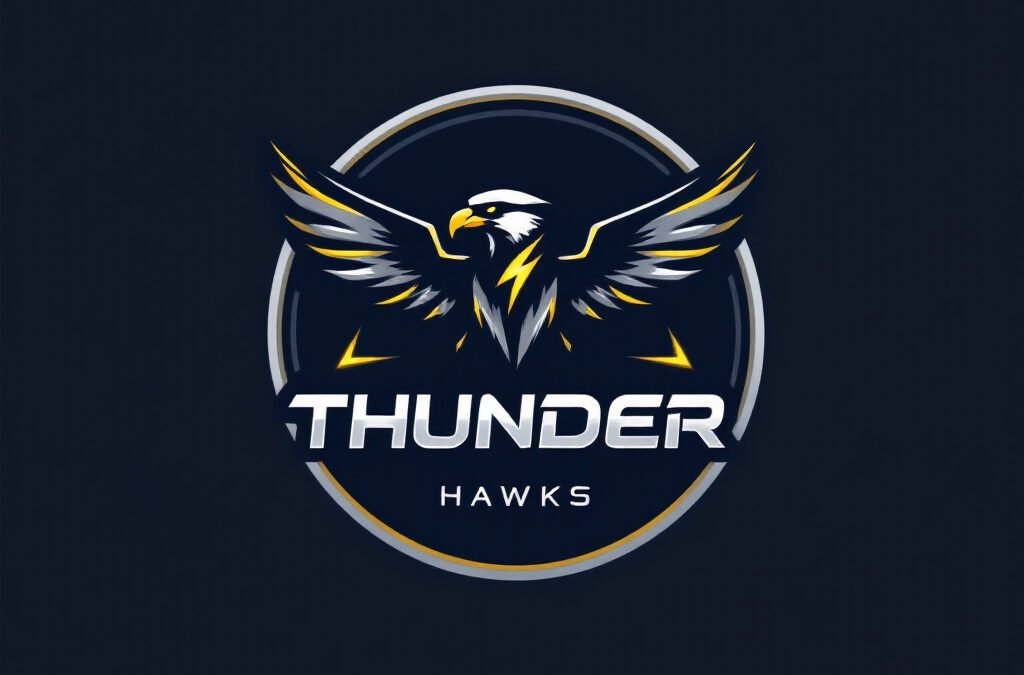
by James Dean | Feb 3, 2025 | Blogs, Branding Design, Gaming, Logo Designing, Sports Branding
The Emotional Connection Behind Sports Logos
Sports logos hold a significant place in the hearts of fans, serving as symbols of identity, pride, and belonging. They evoke powerful emotions, creating enduring connections between teams and their supporter base. These logos are more than mere graphical elements; they are visual narratives that encapsulate a team’s history, values, and mission. For example, the distinctive interlocking ‘NY’ of the New York Yankees is steeped in tradition and success, resonating deeply with generations of fans who identify with the team’s legacy. Similarly, the Chicago Bulls logo has transcended its original context to become an emblem of resilience and excellence, attracting not only basketball enthusiasts but also those who appreciate its cultural significance.
The storytelling aspect of sports logos plays a crucial role in fostering these emotional bonds. Through unique designs, colors, and typography, logos can convey a message about a team’s character, aspirations, and community. Fans become emotionally invested when they perceive a logo that resonates with their own identities, whether through shared geographic ties or values represented by the team. This connection is pivotal in establishing loyalty, as supporters display their allegiance through merchandise, team colors, and participation in events.
Furthermore, versatility in logo design is essential for maintaining this emotional connection across various platforms. A successful logo must adapt seamlessly to diverse mediums, from digital applications to physical merchandise, without losing its impact or emotional resonance. As fan interactions shift towards online environments, the importance of a coherent and versatile logo cannot be overstated. Ultimately, the effectiveness of a sports logo lies not only in its aesthetic appeal but also in its capacity to encapsulate the essence of a team, forging lasting relationships with fans and the community at large.
Modern Trends in Sports Logo Design
In recent years, sports logo design has undergone a significant transformation fueled by the advancements in digital branding and the increasing importance of visual identity across multiple platforms. This evolution is marked by several key trends that are reshaping how logos are created and perceived in the sports industry.
One prominent trend is the rise of minimalism. Many teams and organizations are gravitating towards simpler designs that prioritize clarity and versatility. This approach not only enhances aesthetic appeal but also ensures that logos maintain their integrity across varying sizes and applications, from digital screen displays to merchandise. Minimalistic logo designs often utilize fewer colors and streamlined shapes, allowing for instant recognition and easier reproduction in various marketing materials.
Furthermore, the shift towards cleaner and more adaptable designs represents a broader move to address the demands of contemporary marketing. As digital presence takes precedence, logos must be versatile enough to perform well across different media, such as social networks, mobile applications, and websites. This adaptability ensures that a logo retains its effectiveness whether displayed as a small icon or in a larger format.
Another significant trend is the growing use of bold typography. Innovative typographical choices can add personality and distinctiveness to sports logos, making them more memorable. With typography becoming a focal point in design, organizations are experimenting with custom fonts and lettering styles that reflect their brand identity and resonate with their audience.
Lastly, the incorporation of dynamic motion effects is gaining traction. As sports logos increasingly find their way into digital platforms, motion graphics can enhance their visual appeal. By implementing subtle animations, logos can create an engaging user experience that sets them apart in a crowded marketplace. These motion elements not only capture attention but also convey a sense of energy and movement associated with sports.
As the sports industry continues to evolve, the trends in logo design illustrate the need for brands to remain relevant and impactful in a fast-paced digital landscape.
The Role of Technology in Logo Creation
The emergence of technology has significantly transformed the realm of sports logo design, allowing teams and brands to create striking visuals that resonate with their audience. Previously, logo design was constrained by the skills and resources available to graphic designers, which often made it challenging for smaller teams or individuals to achieve a professional look. However, with the advent of digital tools, such as logo makers and generators, the process has become considerably more accessible.
These advanced platforms empower non-designers by providing user-friendly interfaces that allow them to experiment with various design elements, such as colors, fonts, and shapes. As a result, even those without formal design training can create logos that meet their aspirations and brand identity. This democratization of design fosters creativity across the board, enabling teams at all levels to develop logos that encapsulate their vision.
Moreover, the speed of creation facilitated by digital tools cannot be overstated. Unlike traditional methods that could take weeks to finalize a design, sports logos can be developed in a matter of hours or days. This rapid turnaround time is particularly beneficial for organizations that need to adapt quickly to changes in branding or marketing strategies.
Financial considerations also play a vital role in the shift towards digital logo creation. Many logo makers offer free or low-cost options, allowing users to experiment without significant financial risk. This innovation encourages the exploration of various concepts, leading to more refined and impactful designs. Popular platforms like Canva, Adobe Spark, and Looka are examples of how technology empowers a new generation of logo designers, making the creation process not only efficient but also enjoyable.
In summary, the role of technology in sports logo creation has reshaped the landscape of branding. By leveraging digital tools, a wider audience can engage in the design process, fostering creativity and accelerating the development of professional logos.
Case Studies: Successful Sports Logos in Action
The significance of sports logos in establishing brand identity and fostering fan engagement can be clearly observed through several case studies of notable sports teams and organizations. One prominent example is the New York Yankees logo, which features a simple yet iconic interlocking “N” and “Y.” This emblem, unchanged since 1909, effectively conveys a sense of tradition and excellence, resonating deeply with fans. The logo’s timeless appeal has contributed substantially to its merchandise sales and solidified the team’s standing as a cultural icon.
Similarly, the Chicago Bulls logo is another exemplary case of effective sports branding. Launched in 1966, the bull’s head design embodies strength and tenacity, key attributes that fans associate with the team. The logo’s bold red and black color scheme not only grabs attention but also evokes a sense of pride among supporters. Over the decades, the Bulls have leveraged their logo in innovative marketing strategies, resulting in increased visibility and enhanced emotional connections with the fanbase.
In contrast, newer teams like the MLS’s Atlanta United FC have demonstrated the effectiveness of modern logo design in engaging fans. Their crest, which combines a striking black and red color palette with a prominent golden “A,” mirrors the city’s vibrant culture and energy. The club’s approach to their logo has facilitated a fresh narrative in branding, empowering them to quickly amass a dedicated following within a short time frame since their inception in 2014.
Moreover, historic logos such as the Boston Red Sox’s “B” have seen evolutionary modifications that maintain relevance in contemporary branding while respecting tradition. This balance between nostalgia and modernity exemplifies how teams can evolve their logos to appeal to newer generations without alienating long-time fans.
These case studies collectively underscore the multifaceted role that sports logos play in marketing strategies, fan engagement, and brand identity, illustrating their powerful impact on audience perceptions and connection to the teams they represent.
-
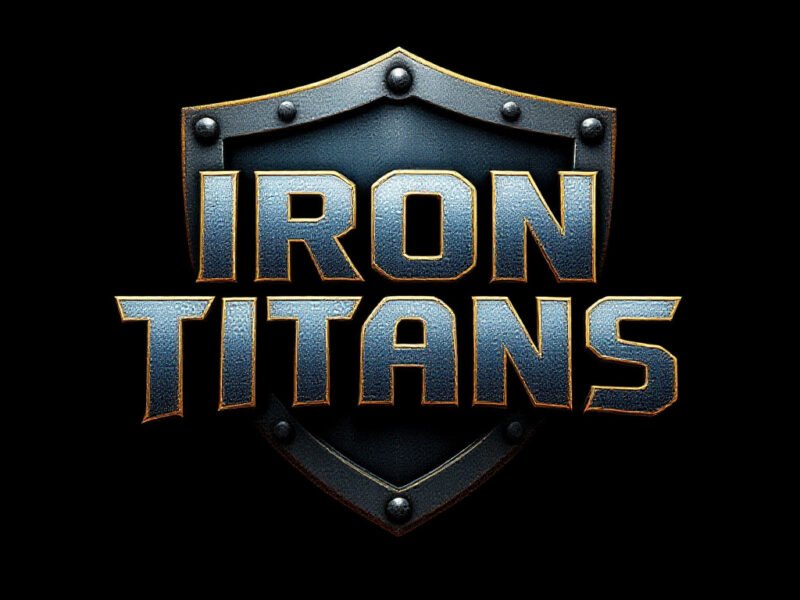
-
Sports Logo design, IRON titans
-
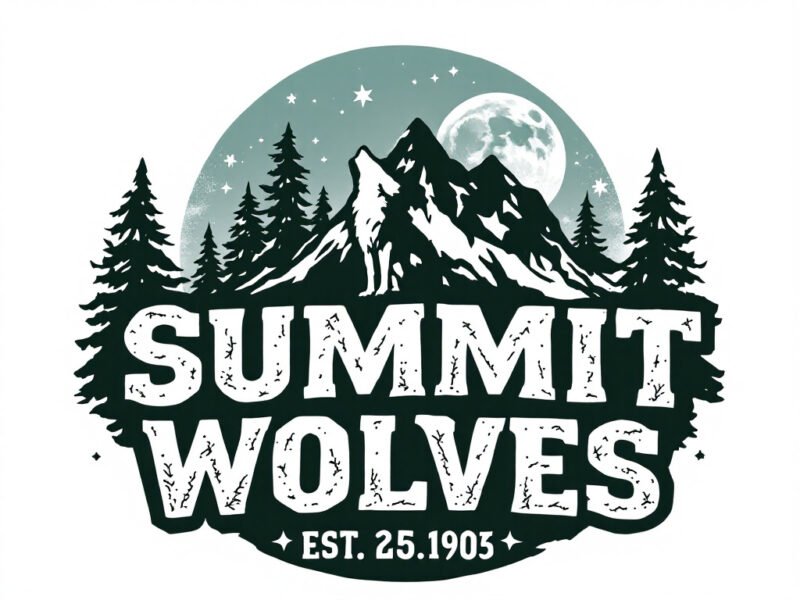
-
Sports Logo Design Summit Wolves
-
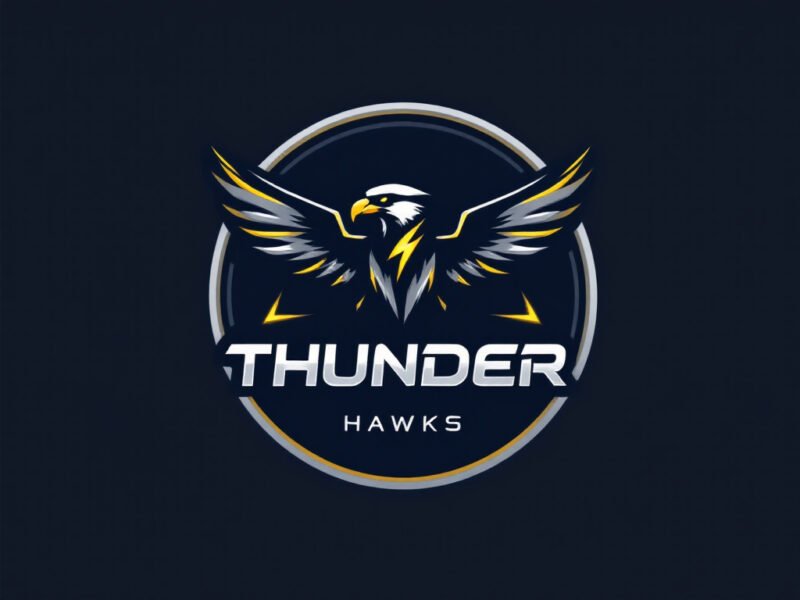
-
Sports Logo Design, Thunder Hawks.
-
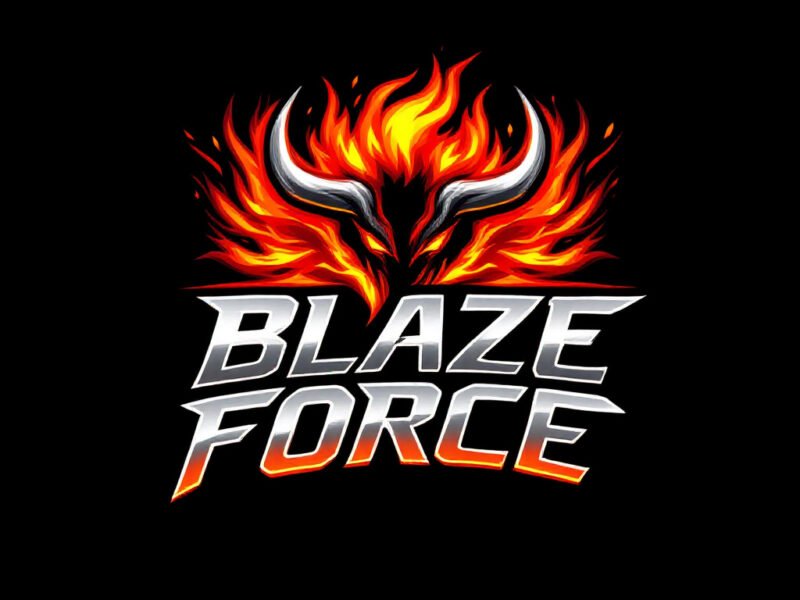
-
Sports Logo, Blaze Force logo design
-
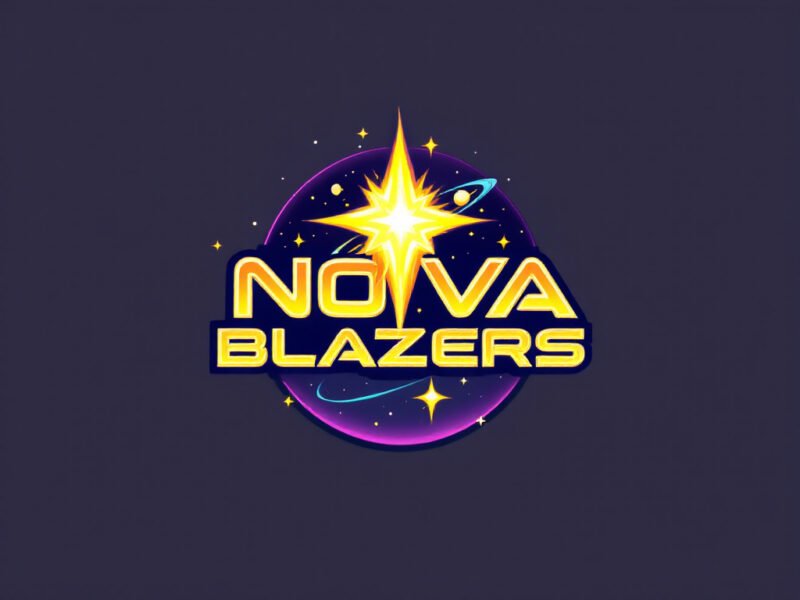
-
Sports Logo Design, Nova Blazzers
-
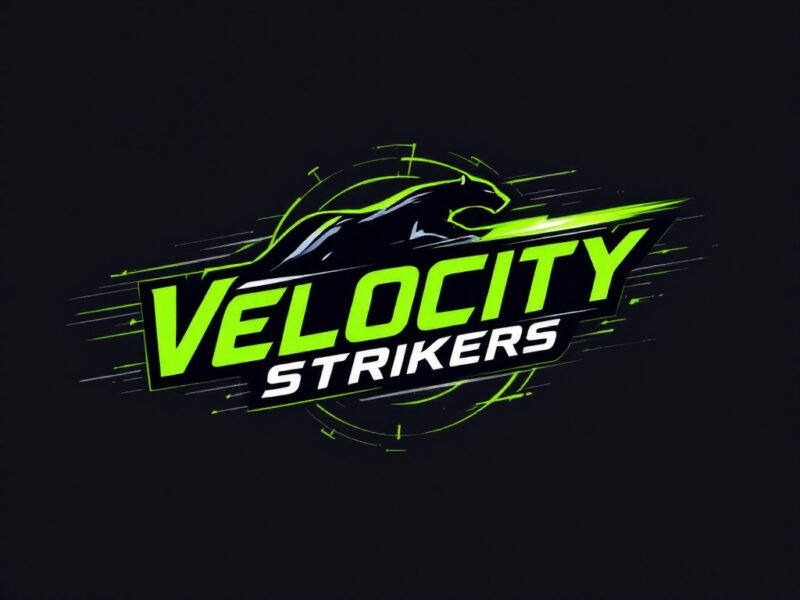
-
Velocity Strickers, Sports Logo Design
by James Dean | Jan 23, 2025 | Blogs, Branding Design, Lawyers, Logo Designing
Custom Branding: The Secret Weapon for Motorcycle Injury Lawyers in 2025
In the cutthroat world of legal marketing, motorcycle injury lawyers face a unique challenge: standing out in a crowded marketplace while building trust with potential clients who are often dealing with life-altering injuries. Your brand isn’t just a logo—it’s your firm’s promise, personality, and professional identity rolled into one powerful package.
Why Branding Matters More Than Ever for Motorcycle Injury Lawyers
The legal landscape has transformed dramatically in recent years. With potential clients increasingly turning to online resources for legal guidance, your brand is often the first impression that can make or break a client’s decision to reach out.
Key Branding Elements That Make a Difference
- Visual Identity
- A distinctive logo that communicates strength and compassion
- Color schemes that evoke trust and professionalism
- Consistent design across all marketing materials
- Emotional Connection
- Branding that shows you understand the unique challenges motorcycle accident victims face
- Messaging that demonstrates empathy and expertise simultaneously
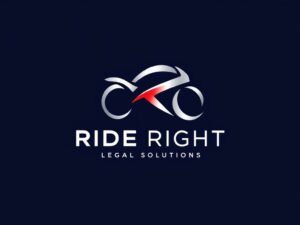
Crafting a Memorable Brand Identity: Strategic Approaches
1. Understand Your Unique Value Proposition
Motorcycle injury law isn’t just another legal practice—it’s a specialized field requiring deep understanding of:
- Complex accident reconstruction
- Specific motorcycle safety regulations
- Unique medical considerations for riders
Your brand should immediately communicate this specialized expertise.
2. Develop a Consistent Visual Language
Successful law firms create a visual brand that:
- Reflects professionalism
- Signals approachability
- Demonstrates technical competence
Think bold, clean designs that incorporate motorcycle-related imagery without feeling cliché.
The Psychology of Trust in Legal Branding
Potential clients are searching for more than just legal representation—they want a trusted advocate who genuinely understands their situation. Your brand should communicate:
- Expertise
- Compassion
- Reliability
- Proven track record
Real-World Branding Strategies That Work
Consider these practical implementation tactics:
- Professional headshots that show authentic, approachable team members
- Client testimonial sections that highlight real success stories
- Clear, jargon-free messaging that speaks directly to accident victims
Technical Branding Considerations
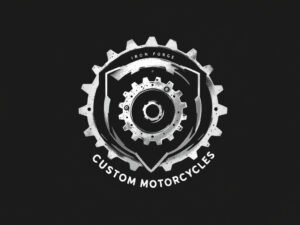
Digital Presence Optimization
- Mobile-responsive website design
- SEO-optimized content that ranks for motorcycle injury-related keywords
- Clean, intuitive navigation that guides potential clients effortlessly
Social Proof and Credibility Builders
- Verified client reviews
- Case study highlights
- Professional association memberships
- Awards and recognitions
The ROI of Strategic Branding
Investing in a comprehensive branding strategy isn’t an expense—it’s a critical business development tool. A well-crafted brand can:
- Increase client conversion rates
- Command higher settlement values
- Differentiate your practice in a competitive market

Monogram Logo Design sample
Conclusion: Your Brand, Your Competitive Advantage
In 2025, motorcycle injury lawyers can’t afford to blend into the background. Your brand is your most powerful marketing asset—a strategic tool that communicates expertise builds trust, and transforms potential clients into loyal advocates.
To ensure your law firm’s brand is visible and accessible to potential clients, strategic SEO and blog posting services are essential. At The Articon, we offer tailored SEO packages that help motorcycle injury lawyers increase their online presence, improve search engine rankings, and connect with the right audience. By incorporating high-quality blog posts that target relevant motorcycle injury keywords and include multiple backlinks, we help build your firm’s authority while addressing the legal challenges faced by motorcycle accident victims. Our blog posts not only provide valuable information, but they also ensure your firm appears prominently in search results, driving more traffic to your website. With our expert SEO strategies and regular content updates, we can enhance your law firm’s credibility, visibility, and client conversion rates, all while keeping your branding consistent across all platforms.
We offer blog post packages starting at $400 per month, which include 5 blog posts, each with 2 backlinks. Our SEO services also target 10 relevant keywords to help your site rank higher on search engines. Additionally, we can provide customized blog content to meet your firm’s unique needs at an affordable rate. Let us help you attract more potential clients with a customized SEO approach that works!
Ready to revolutionize your law firm’s brand? Start by asking yourself: Does our current branding truly represent who we are and the clients we serve?
Recent Comments